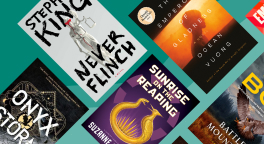Refresh my memory Notebook Journal Don't bother to remembering: Blank Lined Journal Notebook for job, 6" x 9" Inches 120 Total Pages for
Refresh my memory Notebook Journal it is a 120-page notebook to write down your most important things, in your job, in your life, in your school or express yourself, it is an excellent choice that has many benefits, . Can be offered as a gift for parents, mom, father, son, dad, aunt, uncle, brother, sister, girls, wife, or friend
Format:Paperback
Language:English
ISBN:1679391887
ISBN13:9781679391880
Release Date:December 2019
Publisher:Independently Published
Length:122 Pages
Weight:0.38 lbs.
Dimensions:0.3" x 6.0" x 9.0"
You Might Also Enjoy
More by Duncan Lane
Customer Reviews
0 customer rating | 0 review
There are currently no reviews. Be the first to review this work.




















































